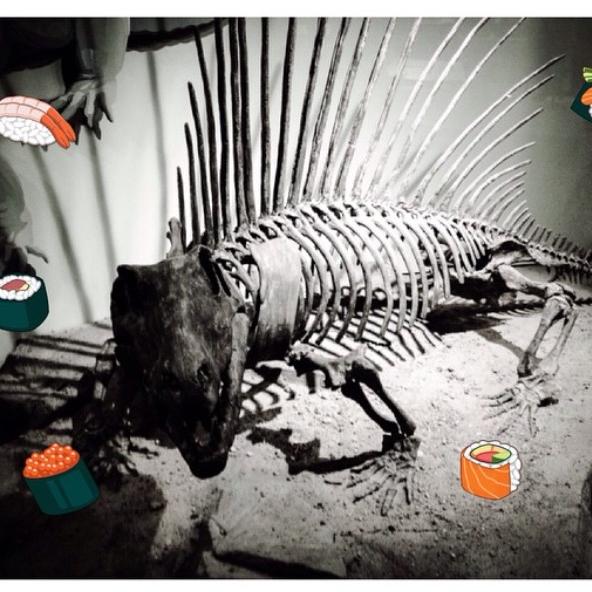TINKER V. DES MOINES 1969 Court Case Project
Published on Nov 30, 2015
Presentation for the Supreme Court Case Project
MORE DECKS TO EXPLORE
PRESENTATION OUTLINE
TINKER V. DES MOINES (1969)
SUpreme Court Case
Background INformation
- A group of people, including the Tinkers, wore the armbands to protest the Vietnam War and mourn the loss of soldiers
- The students wearing the armbands were suspended after they refused to take the armbands off
Background INformation
- The Tinkers sued Des Moines Independent Community School District in Iowa for enforcing a rule with no basis
how the case reached the supreme court
- The District Court ruled that it was within the school's power to make a rule against wearing such clothing
- The Court of Appeals (Eighth Circut) was split, meaning that the District Court's ruling still applied
- The Tinkers then decided to appeal to the Supreme Court to get the justice and freedom they deserved
Photo by Jason OX4
Tinkers' Argument
- School enforced a rule with no basis
- It was their right within the First and Fourteenth Amendment to wear the armbands
- The discipling record should be dropped
- Their Freedom of Speech was violated under the First Amendment
Tinkers' Argument
- Their Freedom of Speech was violated under the First Amendment
- They had the right to wear the armbands under free speech and self expression
School's argument
- The armbands could have caused a disruption
- It is within their power to discipline students in the school and create rules they see as appropriate
Outcome of the case
- The final ruling was 7-2 in favor of Tinker
- Students do NOT lose their constitutional rights in school
- Protected under First and Fourteenth Amednments
Outcome of the case
- The Supreme Court decided that the rule had violated their rights to speech, peaceful protest, protection of liberities and rights for every citizen especially in and from the school, and self-expression as outlined in the First and Fourteenth Amendments.
Photo by Gueorgui Tcherednitchenko
OUTCOME OF THE CASE
- Armband counts as symbolic speech and is close to pure speech
- School's must be able to prove that the symbolic speech caused and actual disruption
Photo by Markus Grossalber
dissenting opinion
- Justice Hugo Black believed that people could not express their opinions and protest wherever and whenever
- Did not believe symbolic speech was protected under the First Amendment
- Students should not be using the school as a platform to express their political opinion
dissenting opinion
- Students should not be using the school as a platform to express their political opinion
- Justice John Harlan II agreed that Fourteenth Amendment rights remain protected in school, but the school officials remain the ultimate authority of what can and cannot occur in school
Social Effects of the case
- Should how someone expresses themselves and their opinions should be able to be diminished by others?
- Highlighted the effects of the Vietnam War on society, and people’s reactions towards different opinions
- Examined under the Free Speech Clause of the First Amendment
Photo by dmitry_ryzhkov
Political EFFECTS OF THE CASE
- Created a lot of turmoil between opposing views
- Due to conflict around the validity and necessity of the war, the idea of being able to silence a view created an uproar
Photo by AnyaLogic
Legal EFFECTS OF THE CASE
- Also argued that their Fourteenth Amendment rights were violated
- Because the armbands were seen as expression and a symbol of speech, this case became very involved to how far the First Amendment protected students and indirect forms of speech
Photo by euthman
Legal EFFECTS OF THE CASE
- This case became a basis for symbolic speech being protected under the The First Amendment
fin
by sonya anufriyenko
